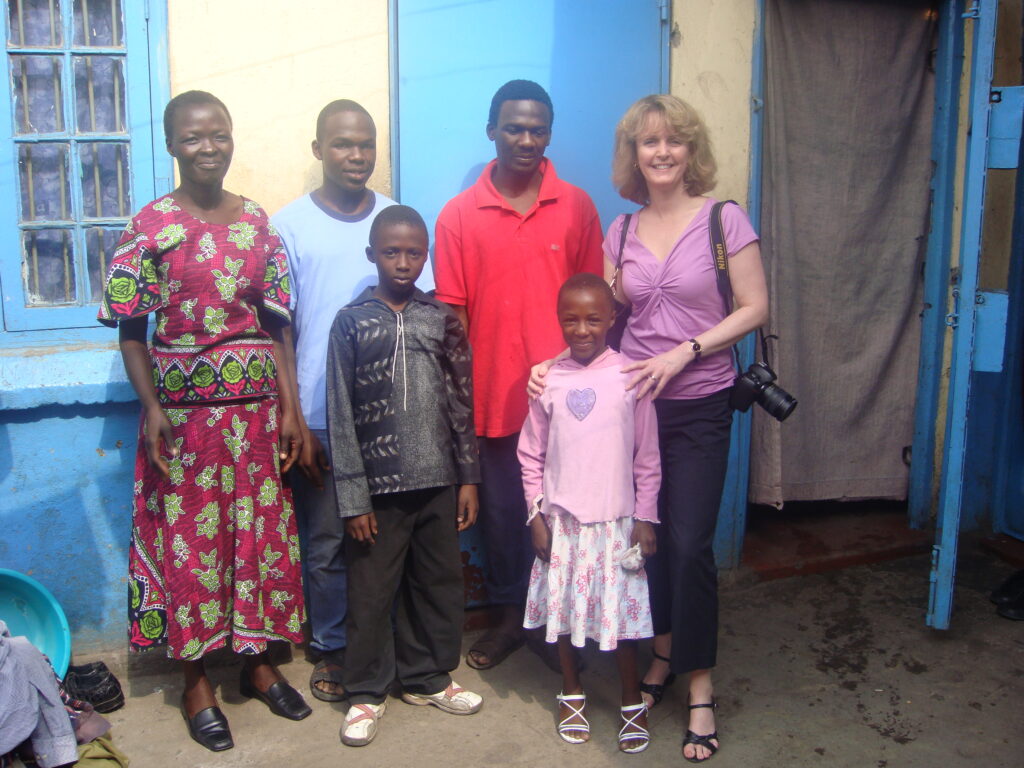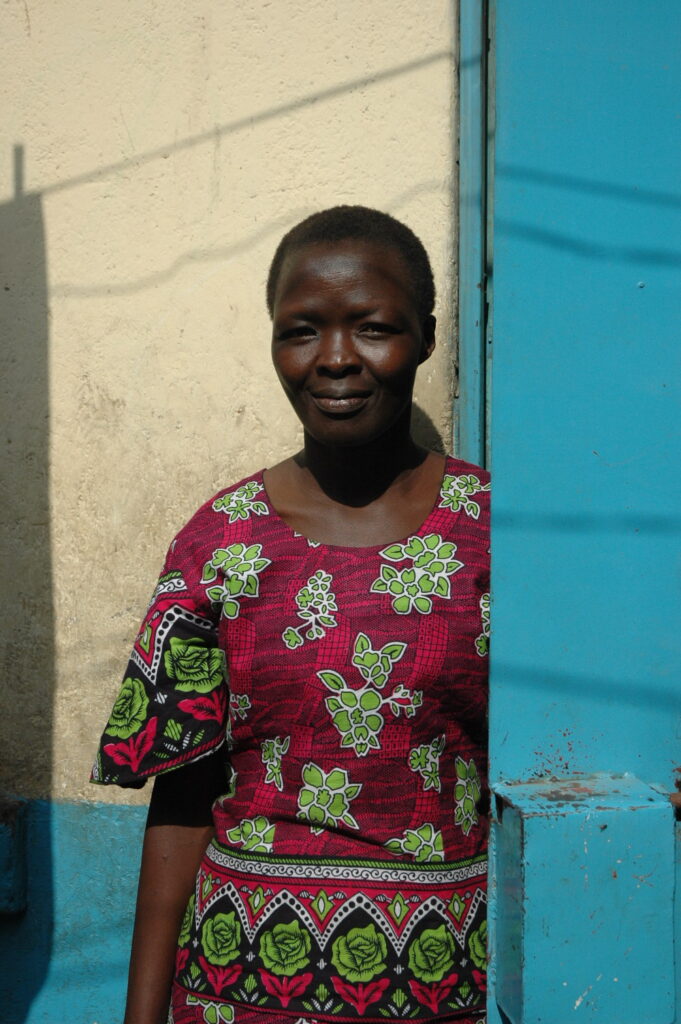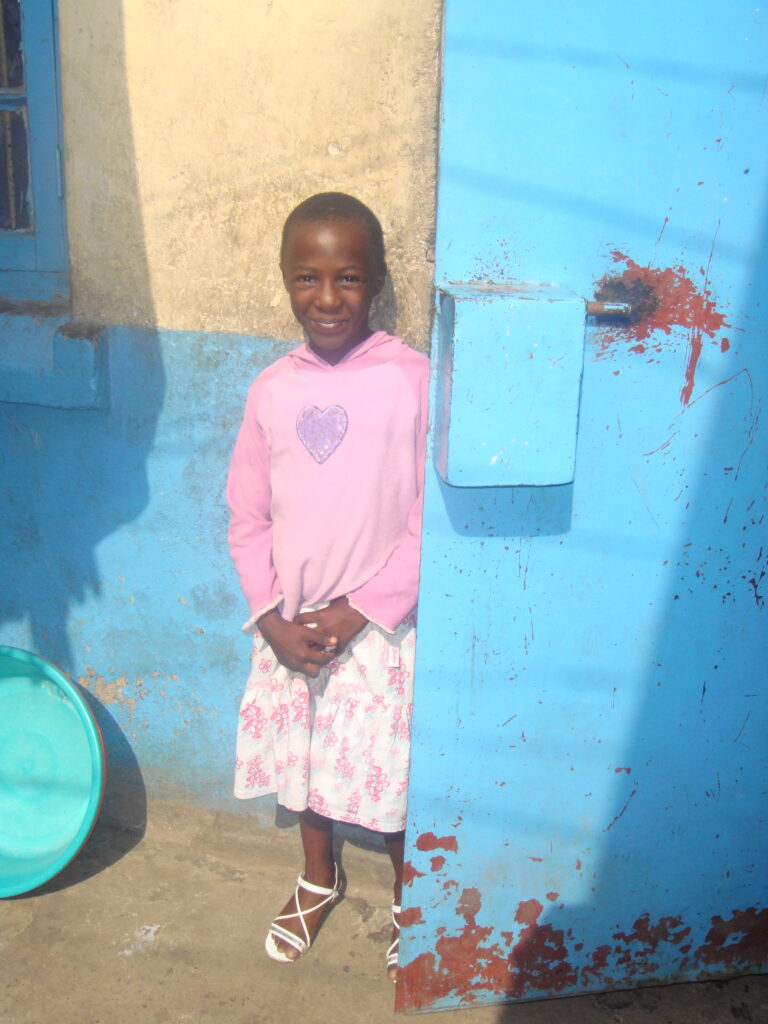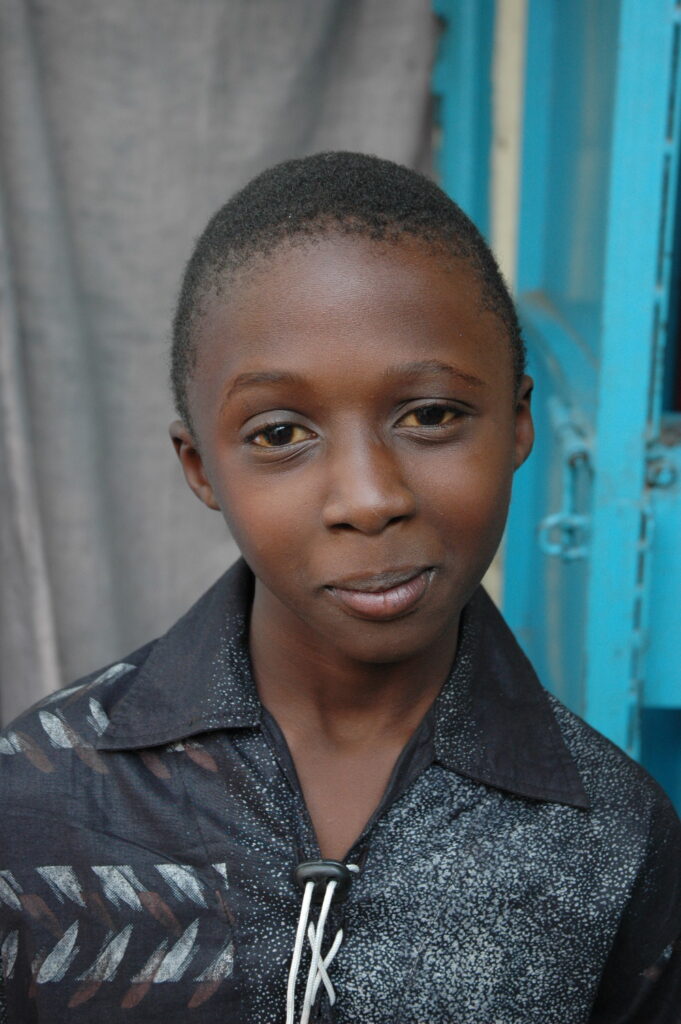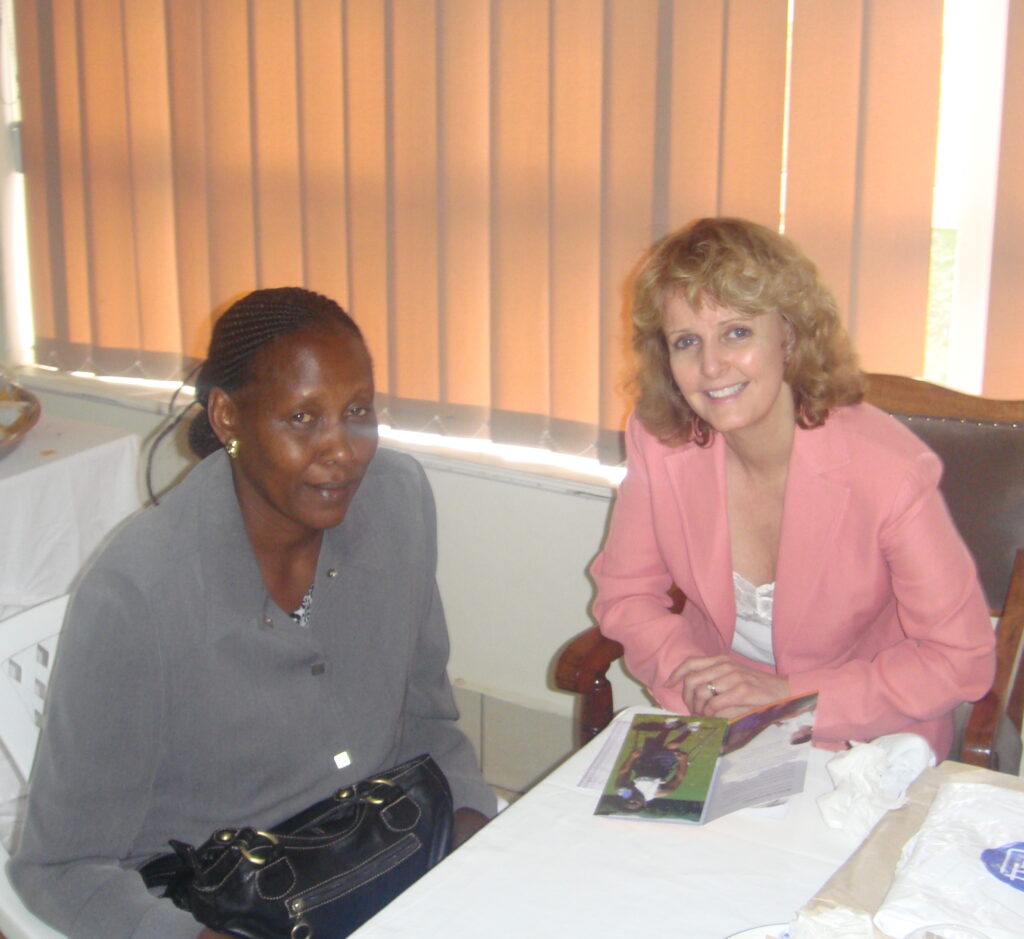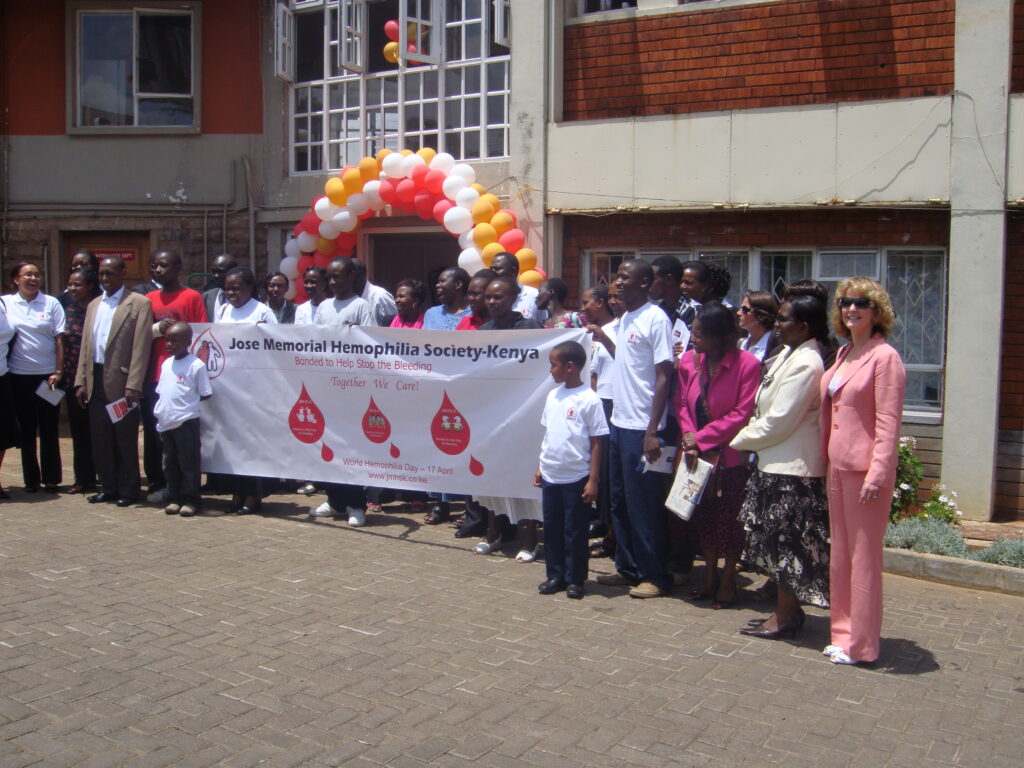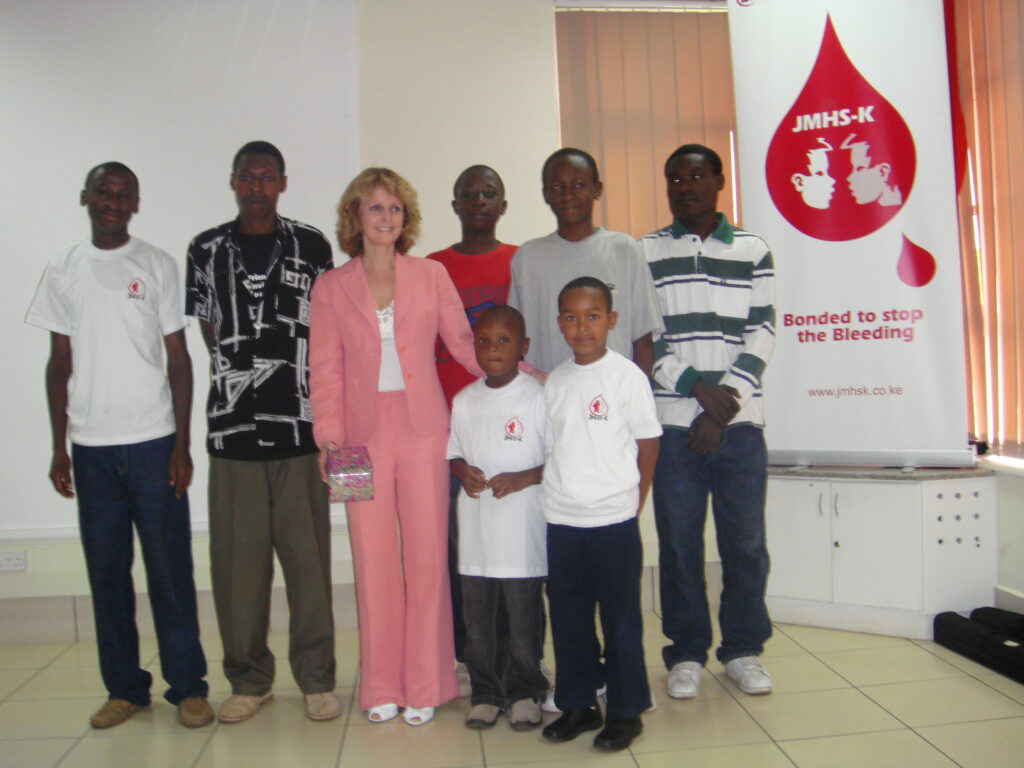From Church to Kibera
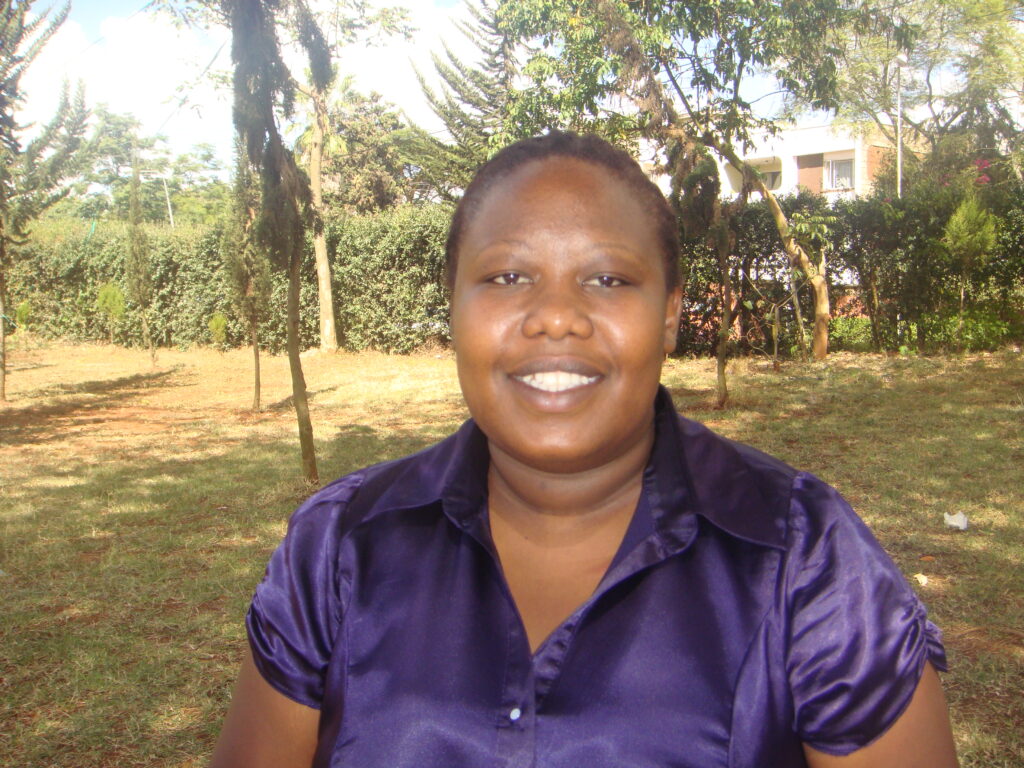
I am writing from Zanzibar, an island off the coast of Tanzania for two days of R&R. The very name Zanzibar conjures up spices, for it once produced 66% of the world’s cloves, and myriad other spices. It also served as the launch pad for the explorations into the interior by Livingstone, Richard Burton, and John Hanning Speke. Watch “Mountains of the Moon,” an excellent adventure movie, to get an idea of old Zanzibar.
Now, there is terrific poverty surrounding resort compounds. I am grateful to be here complements of Andrew and Julie, parents to a toddler with hemophilia. I’ll be seeing them tomorrow night for dinner and get to hear their story more. They live in Nairobi, Kenya, but own the Bluebay Beach Resort, a world-class resort on, what Andrew’s father Steven correctly said, is the most beautiful beach in the world.
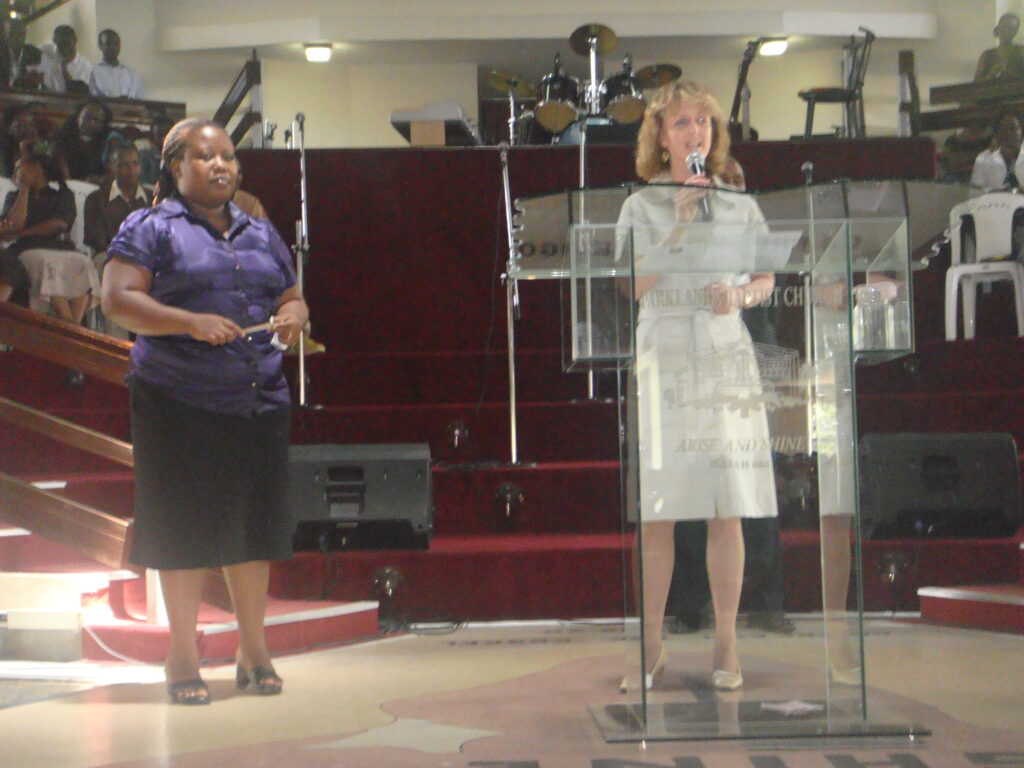
A few days ago, Sunday, I attended Parklands Baptist Church for the 8:30 and 11:30 services, as I was invited to speak to the congregation about my visit. What an amazing experience! With only a half hour break between services, I enjoyed the singing, spirit and sermons. Six hours of church flew by. We prayed, sang songs in Swahili, and the music–I find most Africans love music and have its rhythms and words woven into their lives. My thanks to Pastors Simon and Ambrose for allowing me to speak about hemophilia and our mission to their congregation and to participate in their energetic and passionate services.
After church, around 3 pm, we quickly changed into hiking gear, grabbed a bag lunch to eat in the car, and then trudged into another adventure–the Kibera slum. With approximately one million people living in crowded, unsanitary conditions, the slum is the largest in Africa, and the most studied. There is a documentary about it–I haven’t seen it yet but intend to. It’s a place that completely fascinates me. When we turn the corner, off the main road, and head into the dirt road leading down to Kibera, I feel like we are being swallowed up into the pulsating entrails of a massive, living, writhing organism.
Immediately, my sense come alive as I take in the scenery, which deteriorates rapidly as we enter. The mud and stick homes and corrugated steel-roofed homes lining the road close in on us, and the crowd of people walking by thickens. The road gets bumpier and tighter. Immediately there are the smells: sometimes a ripe, thick stench of garbage, then the welcomed acrid waft of charcoal burning.
We greet David Lerner, the lovely young man who works for Compassion International, a Colorado-based nonprofit, who will be our guide into the slum. He climbs into the car and we exchange greetings. David, only 23, grew up in Kibera, and has such a worldly and mature perspective at such a young age. He is handsome, eloquently spoken and has had harsh life lessons. He is a survivor, someone with a perspective that no one I know has. He is remarkable; so young, so organized, a devout Christian. He helps run a school of 208 children, all sponsored by people in developed countries. I told him I want to come back and spend a day at the school. He gave Maureen good ideas about child sponsorships programs, and how they are run. Maureen will be running our program Save One Life, and it appears that David’s sponsorship program is run very much like ours.
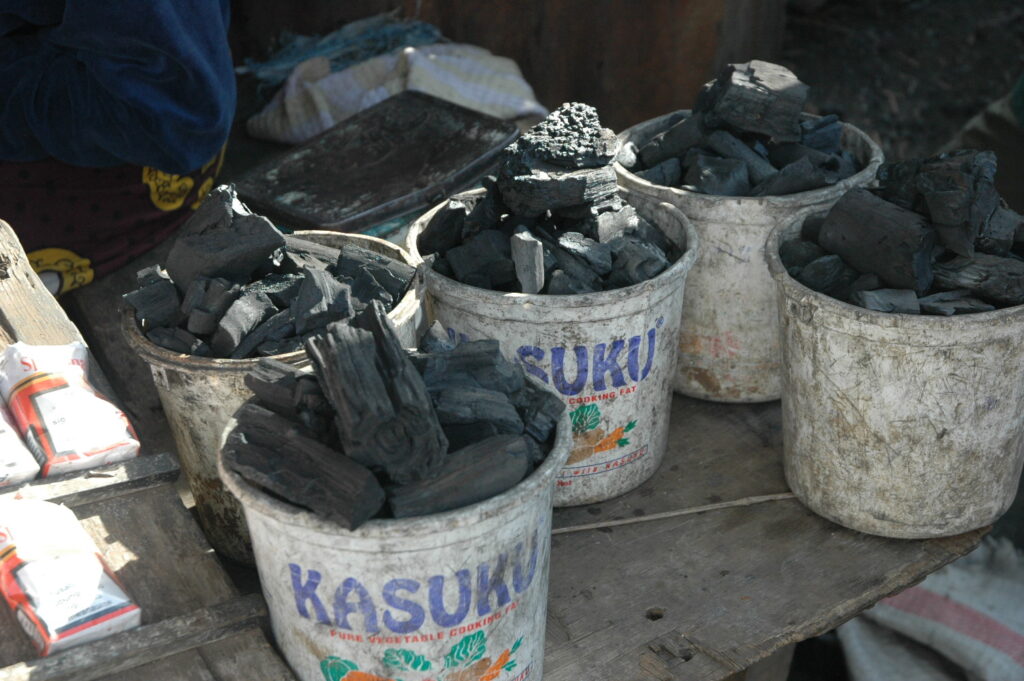
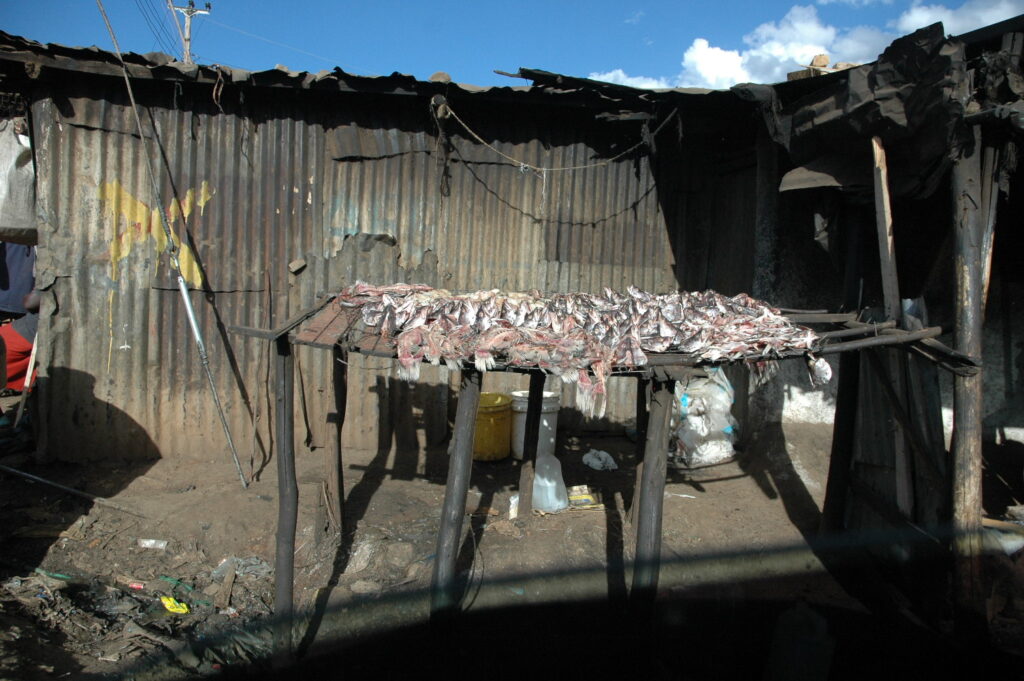
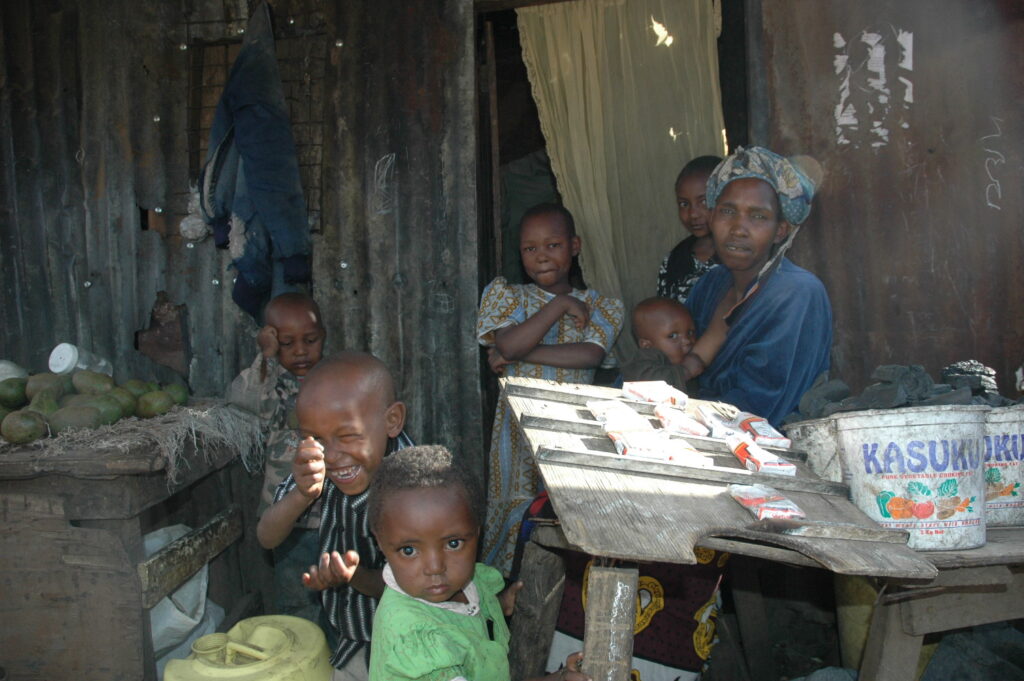
After touring the school, we visited Anna, a mother with eight children. It’s hard not to be moved visibly by their poverty. Everything seems grey, including the children, covered with a layer of grime and dirt. She breast-feeds her baby while the other children play within a few feet. They giggle and grab my hand, hiding behind one another as they catch a peek at us. She sits in front of her house, selling vegetables, cigarettes in crushed, used packages, and charcoal in white buckets. Anna is a good mother, and sends her children to school. They don’t have hemophilia, and are not registered yet with David’s school. But he knows them and they give us a photo op. “Want to go inside?” asks David, gesturing to their tin shack, the door to which is barely covered by a torn curtain. I hold the hand of her little daughter who leads me in. The 10′ by 10′ windowless dwelling has one bed, a small charcoal pot–burning with coals–many bags of clothes filling the dirt floor, and the biggest surprise, her husband, lying on the bed. He’s lying on the bed, having a siesta while she is selling, breast-feeding and watching all the children. Where they all sleep is beyond comprehension.
We are sometimes harassed by the local guys, who are obviously drinking. I realize we are in the “business district” of Kibera. In 2001, when I came here, I was in only the residential area, and rarely saw grown men. So there’s a bit of tension. You must always be alert and wary. When we get into the car, Maureen fans herself in the front seat, as we must keep the windows up constantly and the sun is hot. We inch along in the car, with Sitawa driving, and move with peristaltic action, as men bang the hood sometimes. In Swahili they shout, “Hey! Why are you doing that? Open your window instead!” Sitawa and Maureen laugh. I never feel like we are in danger, but surely if you do something stupid–argue with them, get angry with them, get out of your car at the wrong time–you risk being hurt or harmed.
How to describe Kibera? An economy of poverty; children toddling everywhere, people lounging by their homemade shops, selling vegetables and charcoal. Goats strutting about freely, starved dogs, barefoot children with runny noses; and the occasional good chuckle: we pass by the “Beverly Hillz Salon,” in the midst of mud and garbage strewn lots. I realize that Kibera isn’t just a place where the poor live, it’s actually a thriving economy, based on bartering, marketing and hard work. It has schools, markets and its own radio station. It’s like no other place I’ve ever seen. I have to afford some respect to its inhabitants, who survive against all odds, and certainly in conditions we as Americans could not tolerate for a moment. As we depart, our car slamming against potholes and inching alongside people walking purposefully, dust swirls up from the unpaved roads, and we know we are simply inches away from misery, inconvenience, disease, alcoholism, crime and hardship.
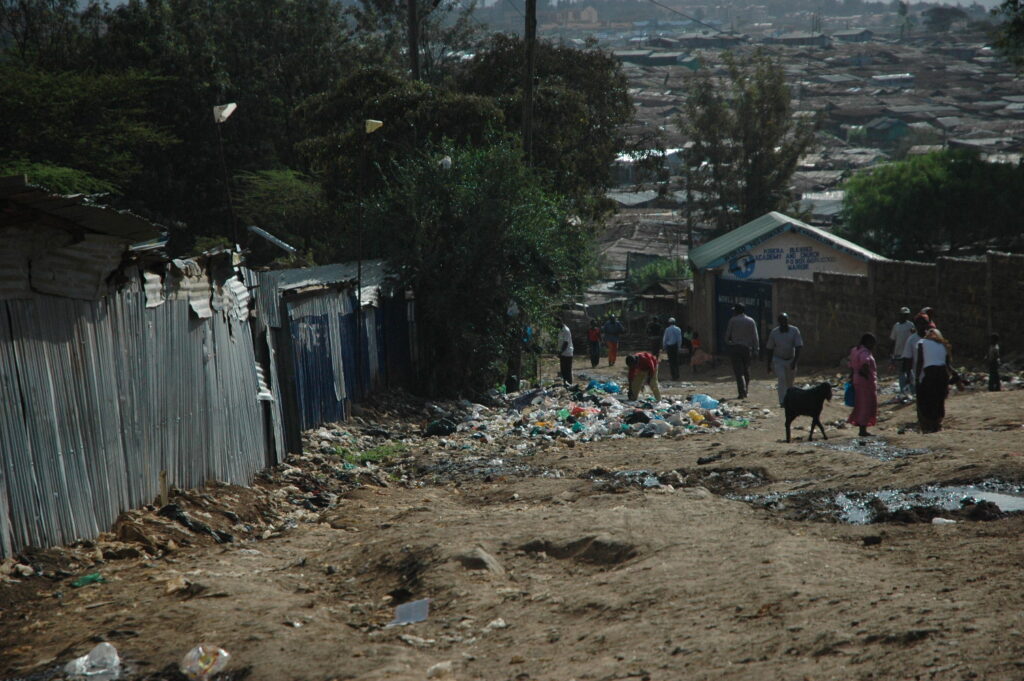
When we are spat out of the slum and hit the highway, it seems already worlds away. We let David out, and he will bicycle back to the slum. We spent only two hours there and it was overwhelming to think that David has spent his life there and could possible spend the rest of his life there, a diamond in a mountain of coal.
We depart for the evening, each of us to our own worlds, wondering what it must be like to live in the world of the other.

